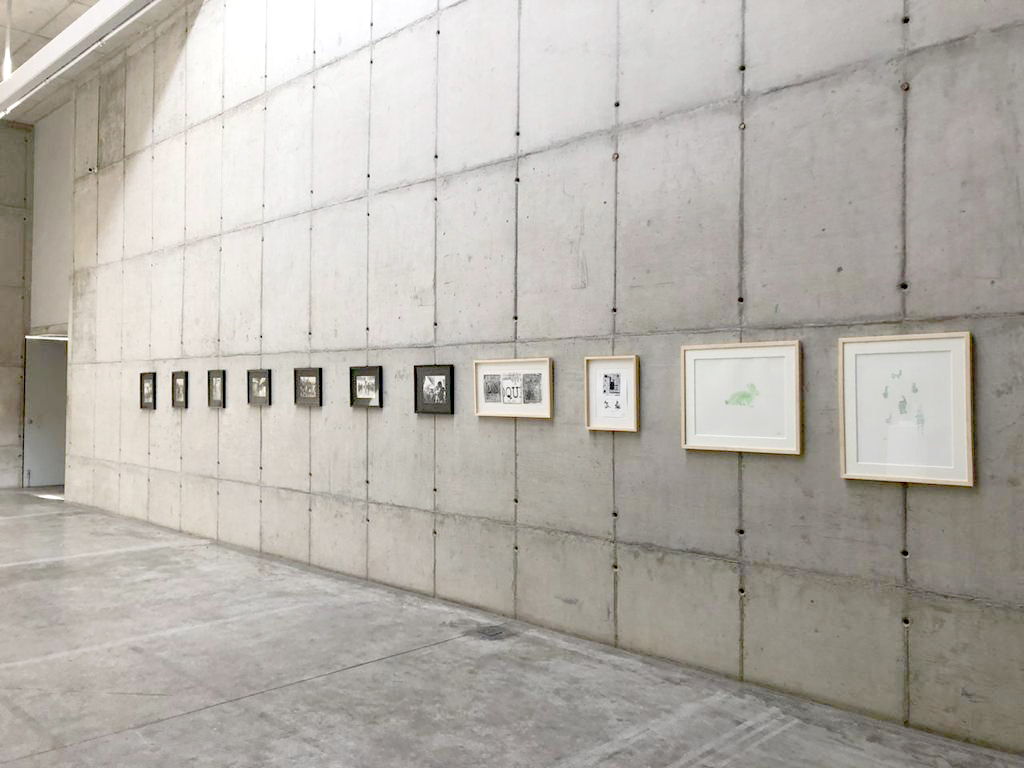INDICATIVE CLASSIFICATION: Not recommended for children under 16 YEARS
Galeria Leme has the pleasure of announcing Eduardo Kac’s first solo exhibition at the virtual gallery space. Held in partnership with Galeria Luciana Caravello, from Rio de Janeiro, the exhibition brings together two sets of works by the artist. One set is comprised of works from the 1980s, selected from his Porn Art Movement period, as well as his more recent digital and online pieces. The second set is made up of BioArt works, produced in the 21st Century, including GFP Bunny, one of the artist’s most notable series, based on Alba, his green, fluorescent rabbit.
In 1980, Eduardo Kac spearheaded the Porn Art Movement, which subverted pornography and employed it both as a new medium for art and as a form of political resistance during the Brazilian military dictatorship. The movement was formally experimental, politically progressive and socially nonnormative. The deliberate use of the word “porn” was meant to forge a new synthesis with the word “art”; this did not entail, however, the production of conventional pornography – on the contrary, the movement rejected eroticism, which was accepted by the dictatorship at the time, and transformed the logic of pornography into a creative outlet for social, political and aesthetic alternatives. Kac created works in a variety of media, including performance, photo-performance, graffiti, Xerox-art, visual poetry and typewriters.
In the early 1980s, Kac created digital, holographic and online works that anticipated the global culture we live in today, composed of ever-changing information in constant flux. The exhibition contains a complete set of four works that use the Minitel system, produced by the artist between 1985 and 1986. The Minitel network, originally created in France in the 1980s, was also implemented in Brazil, and was a precursor to the internet.
The other arc of Kac’s solo exhibition, which focuses on the 21st Century, brings together works from yet another movement initiated by Kac that became known worldwide as BioArt. In particular, he shows a set of works from his notable GFP Bunny series, begun in 2000, when the artist created Alba, the green, fluorescent bunny, which glows in the dark (when illuminated by
a special blue light). GFP Bunny has been receiving considerable and continuous institutional, critical and media attention for over 20 years. The works on show reflect the artist’s different periods in the course of two decades, during which this singular work was absorbed by pop culture and went viral, being appropriated by television series such as Sherlock, The Simpsons and The Big Bang Theory, as well as best-seller, such as Margaret Atwood’s novel Oryx & Crake, and Yuval Noah Harari’s Sapiens: A Brief History of Humankind, among countless others. The exhibition contains drawings, prints, sculptures, fiber works and interactive pieces, all of which are part of the FGP Bunny series.
Eduardo Kac
Rio de Janeiro, Brazil, 1962. Lives and Works in Chicago, USA.
Eduardo Kac is internationally recognized for his groundbreaking contributions to the development of contemporary art and poetry. In the early 1980s Kac created digital, holographic and online works that paved the way to the new global culture we live in today, composed of ever-changing information in constant flux. In 1997 he sent shockwaves across the world by becoming the first human to implant a digital microchip through his work Time Capsule. It was also in 1997, in the context of Time Capsule, that he coined the term Bio Art, thus igniting the development of this new artform. Kac created the foundational Bio Art works Genesis (1999), GFP Bunny (2000) and Natural History of the Enigma (2009); for the latter he received the Golden Nica Award, the most prestigious award in the field of media arts. In 2017, the New York Times published a full-page article about Kac’s Inner Telescope, a work he conceived for and realized in outer space with the cooperation of French astronaut Thomas Pesquet.
His works are part of the collections of MoMA, New York, USA; Tate Modern, London, UK; Musée des Abattoires – Frac Occitanie Tolouse, Tolouse, France; Victoria & Albert Museum, London, UK; Institut Valencià d’Art Moderne – IVAM, Valencia, Spain; ZKM Museum, Karlsruhe, Germany, among others.

